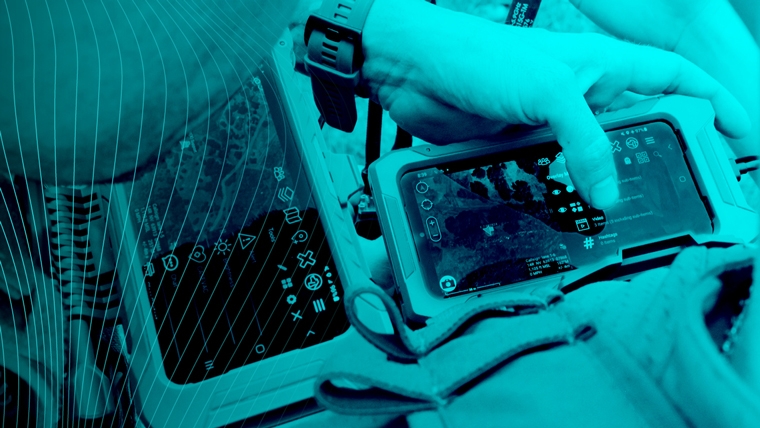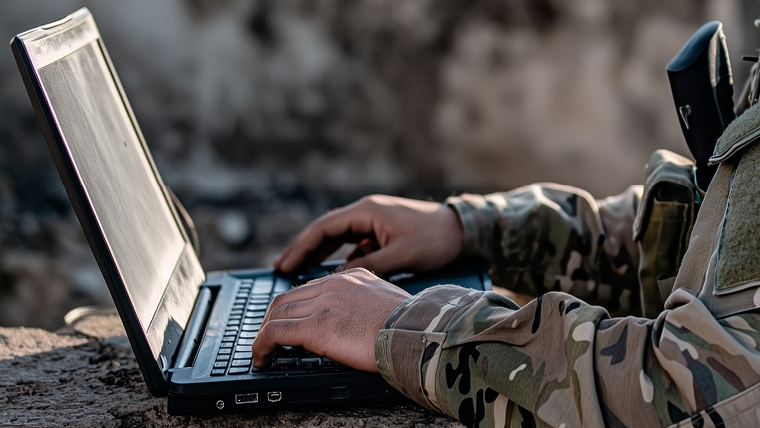Situational awareness is crucial for ensuring successful operations and intelligence gathering for our warfighters. You can communicate actions in real time across mobile solutions within a single operating environment. No matter the affiliation. With Booz Allen Sit(x), users from all service branches can now be connected with ease providing high levels of confidentiality, integrity and security for all users. Sit(x) is edge ready, self-sustained and puts you in command. Sit(x) allows users to manage content and control accessibility at the edge. Through a variety of mechanisms, including support for the Data Sync tool available on WINTAK and ATAK Users can also live stream unmanned aerial system videos, device video and stationary camera video simply and securely by configuring access within the Sit(x) interface Bridge adapters in Sit(x) allow organizations to securely integrate critical data within their enterprise for TAK users to utilize at the edge. Third party integrations can send and receive data to TAK without having to develop a TAK plugin application. With Sit(x) your data is your data. Sit(x) simplifying situational awareness in real time for any branch affiliation and any mission.

Battlespace Operations
Modern mission systems to speed advantage at the edge
Booz Allen creates, co-creates, and connects advanced technologies to power today’s mission systems for tomorrow’s warfighting challenges.
Our innovators accelerate solutions for battle management, cyber and electromagnetic activities (CEMA), and kinetic effects. We collaborate with commercial defense tech partners to get technology into the hands of the warfighter faster.
AI-Powered, Software-Defined, Commercial-First: Discover Defense Tech that Works from Day One
Our Solutions
Full Transcript of Video









